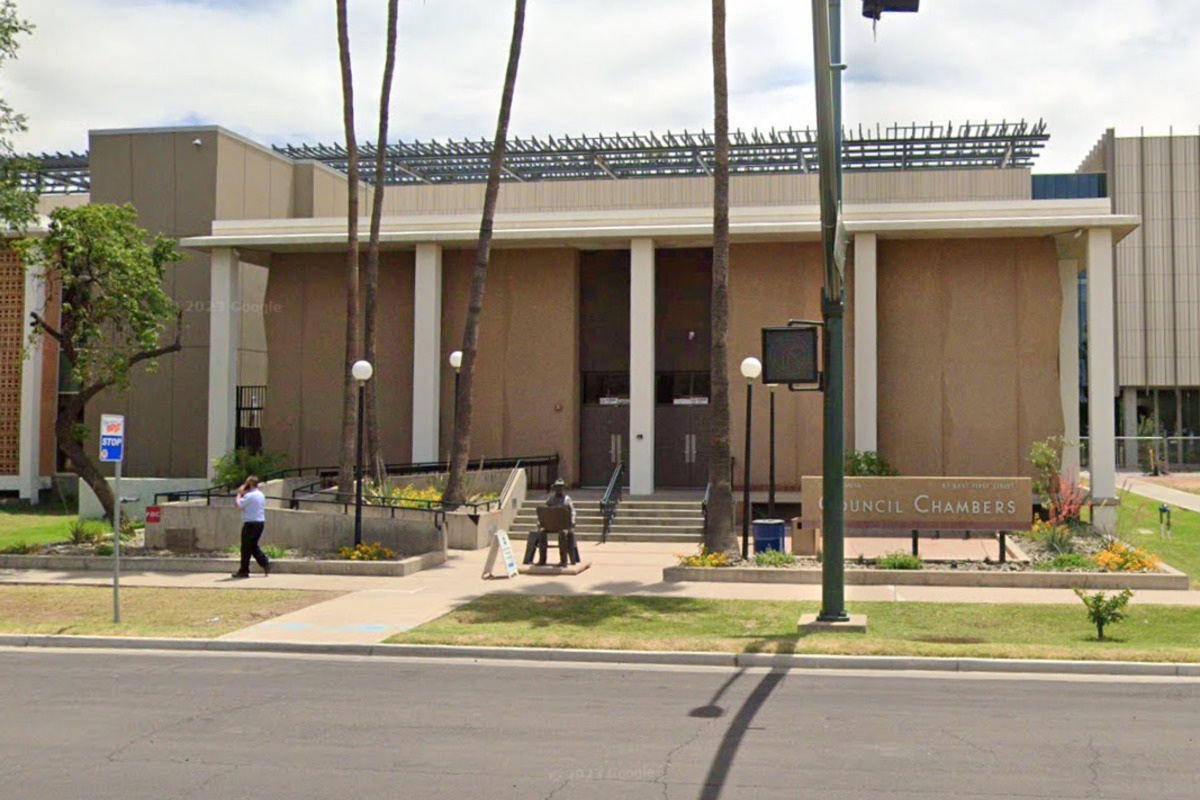Phoenix Steps Up Heat Relief Initiatives as Mesa Center Sees Influx, Maricopa County Addresses Urgent Health Risks
Phoenix scales up heat relief efforts, with 100+ daily visitors to a Mesa center, state upgrades, and a Heat Officer appointed to coordinate the response. Phoenix is preparing for another summer of intense heat, with efforts to combat health risks increasing as temperatures soar. Resurrection Street Ministries' Heat Relief Director Mark Dye reported that the Mesa Respite Center has seen over 100 daily visitors on the hottest days, and state-wide upgrades have been made. The city has also appointed a Chief Heat Officer and Relief Coordinator to coordinate response between cooling centers across counties. Maricopa County's Assistant Medical Director Nick Staab emphasized the importance of making these systems accessible. Most of the heat-related deaths were from older adults who often struggle to access cooling centers. Arizona's newly appointed chief heat officer, Eugene Livar, aims to decrease the number of heat deaths through strategic measures like mobile cooling centers and enhanced emergency response protocols.

Veröffentlicht : vor einer Woche durch Taylor Johnson in
As Phoenix braces itself for another summer of intense heat, local efforts to combat-related health risks are scaling up. Resurrection Street Ministries' Heat Relief Director Mark Dye told ABC15, their Mesa Respite Center has already seen over 100 daily visitors on the hottest days. The center, among others, has benefitted from state-wide upgrades including increased capacities and extended operational hours. A notable onset of the strategy has been the appointment of a Chief Heat Officer and Relief Coordinator to ensure a synchronized response between cooling centers across counties. Maricopa County monitors the network, eager to "meet the need today rather than next year," as Dye mentioned in the conversation with ABC15.
Meanwhile, Dr. David Sklar from Valleywise Health Medical Center described the dire consequences of the heat to The Washington Post, recalling a patient who succumbed to a core temperature of 110 degrees. Last year's staggering count of 645 heat-related deaths in Maricopa County is a haunting reminder that to slight delay seems hardly enough to prevent a repeat. The city's plans, including an expanded network of cooling centers and a transportation hotline for free rides, are now under pressure to perform as temperatures soar and the memory of last year's losses weighs heavily.
Statistics show that most of those affected by the heat are older adults, a demographic that often struggles to access cooling centers. Last year, three-quarters of heat-related fatalities occurred outdoors, raising questions about the accessibility of these life-saving resources. In response, the city has opened more centers with longer hours and created transportation assistance for those in need. Maricopa County Assistant Medical Director Nick Staab emphasized the importance of making these systems accessible, highlighting efforts like bilingual call centers offering utility assistance and air-conditioning services as reported by The Washington Post.
Arizona's newly appointed chief heat officer, Eugene Livar, aims to decrease the number of heat deaths through strategic measures, like mobile cooling centers and enhanced emergency response protocols. As Livar puts it, the state of Arizona is approaching the heat crisis with a mindset of ongoing learning and adaptation. Earlier this year, 18 solar-powered mobile cooling centers were launched to aid individuals facing the brunt of the heat. Valleywise Health emergency medicine physician Geoffrey Comp expressed his hopes that their preparedness this year would lead to a less grievous outcome. He told The Washington Post, "But we need to be ready for it in case we start seeing the same temperature changes that we did last year."
With recorded heat-related deaths already occurring this season, the urgency is clear. Phoenix, a city all too familiar with the onslaught of searing temperatures, continues to strive for better, more robust systems to safeguard its residents. As summer progresses, it remains to be seen whether the collective efforts of the Heat Relief Network and state officials will turn the tide against the scorching Arizona heat.
